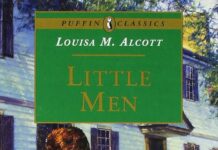In the shadowed valleys and windswept hills of Ireland, Daphne du Maurier’s *Hungry Hill* unfolds a tapestry of family legacy, ambition, and the indelible marks of history. This novel, both sweeping and intimate, invites readers into the sprawling saga of the Brodrick family, where the land itself seems alive with secrets and sorrow. In *Echoes of Ancestry and Ambition: A Review of daphne du Maurier’s* Hungry Hill, we explore how du Maurier weaves themes of inheritance-both mortal and metaphysical-through richly drawn characters and a restless landscape. The following review delves into the novel’s intricate interplay between personal desire and the weight of past generations,offering a thoughtful reflection on its enduring place within du Maurier’s body of work and the broader canon of 20th-century literature.
Echoes of Ancestry and Ambition Captured in the Lush, Haunting Landscape of Hungry Hill
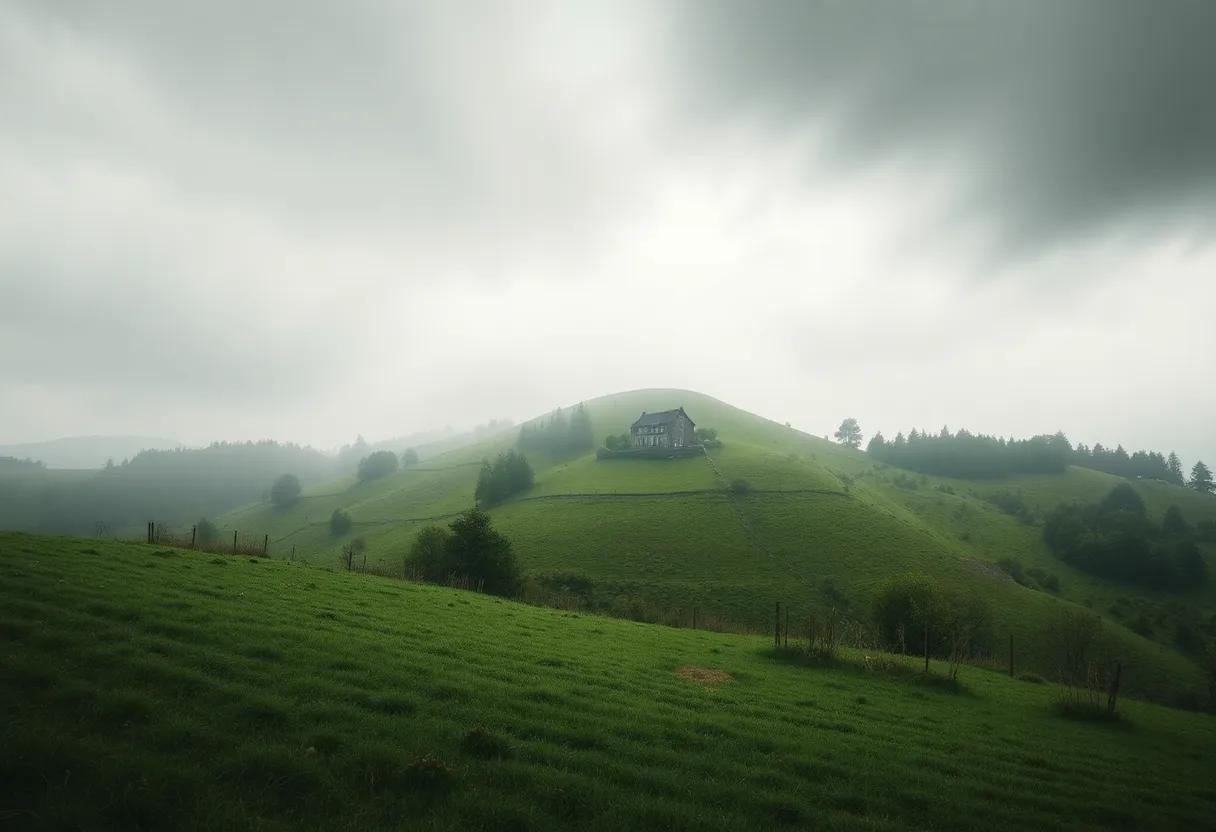
Daphne du Maurier weaves an intricate tapestry of family legacy and ceaseless ambition against the backdrop of the wild Irish countryside.The novel’s setting, with its lush, haunting landscapes, becomes more than just a place-it is a living, breathing entity that mirrors the complex emotions and conflicts of the characters trapped within its shadows. From the dense forests to the ominous peak of Hungry Hill itself, the surroundings encapsulates the echoes of ancestral pride and the relentless pursuit of power, shaping the fate of the Brodrick family through generations. The land is both a source of allure and oppression, evoking a sense of timeless struggle that lodges itself deep in the reader’s creativity.
Within this verdant wilderness, du Maurier artfully captures themes of inheritance, rivalry, and tragic destiny. The Brodricks’ story unfolds like the shifting mists-sometimes revealing, sometimes concealing-their ambitions and failures. Consider how these elements intertwine:
- Wealth and Decline: The family’s mining fortune parallels the rise and fall of their fortunes.
- Nature’s Dual Role: As both a protector and a harsh taskmaster.
- Psychological Landscape: The environment echoes internal turmoil, reflecting resentment, hope, and despair.
| Aspect | Symbolism in hungry hill |
|---|---|
| Hungry Hill Summit | Ambition and unattainable goals |
| The Brodrick Mansion | Legacy and decline |
| The Mines | Wealth shadowed by danger |
| Storms and Weather | Emotional and familial turbulence |
Unraveling the Intricate Family Saga That Bridges Generations of Greed, Pride, and Tragedy
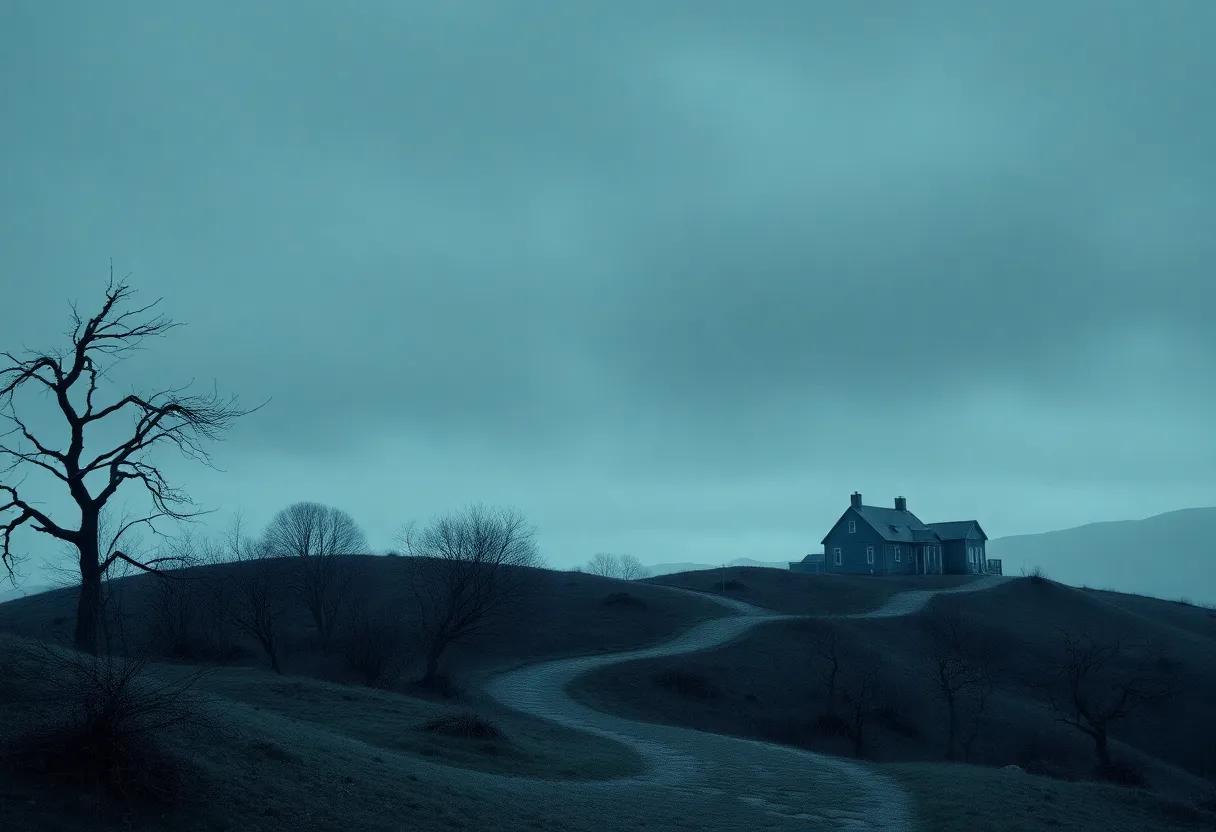
The sprawling narrative of Hungry Hill masterfully delves into the complexities of a family’s relentless pursuit of power and wealth, revealing how generations are bound by the silent chains of ambition and resentment. set against the rugged backdrop of Ireland’s mining landscape, Daphne du maurier weaves a tapestry of characters whose lives are irreversibly shaped by a legacy of greed and pride.At the heart of this saga lies the haunting impact of unspoken grudges, secret betrayals, and a seemingly cursed destiny-elements that ripple through the family’s history like storm waves against the cliffs, eroding relationships and forging tragic consequences.
Through vivid characterization and richly detailed settings, the story explores themes that resonate beyond its historic frame.The intertwining of fortune and misfortune among the generations invites readers to reflect on the cyclical nature of human flaws and fate. Below is a brief overview of the key family traits and motifs that dominate the saga:
- greed: An insatiable hunger driving decisions and alliances
- Pride: Familial honor often turning into stubbornness and conflict
- Tragedy: The inevitable fallout of unchecked ambition and secrets
| Generation | dominant Trait | Notable Event |
|---|---|---|
| First | Ambition | Establishment of mining empire |
| Second | Conflict | Family feud ignites |
| Third | Revenge | Secret alliances formed |
| Fourth | Loss | Decline of fortune |
How Daphne du Maurier Blends Historical Context with Gothic Atmosphere to Enrich the Narrative
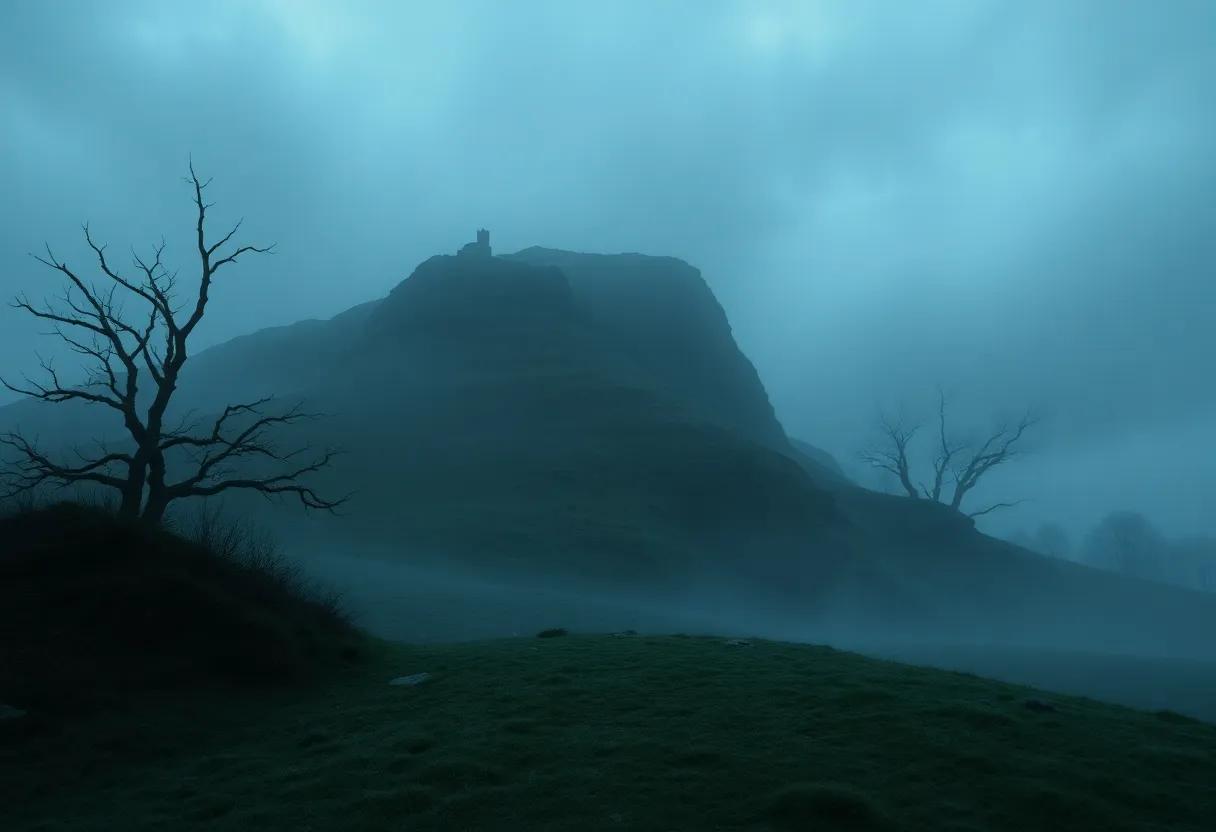
Du Maurier masterfully situates her tale within the tumultuous history of 19th-century Ireland, weaving the legacy of industry, family rivalry, and social upheaval into the very fabric of the novel. The sprawling iron-mining dynasty at the heart of Hungry Hill encapsulates not just personal ambition, but also the economic and political tensions of the era. this interplay of historical detail crafts a rich backdrop that breathes life into the characters’ struggles, making the setting feel both authentic and charged with meaning. the narrative, thus, becomes a lens through wich readers experience the march of history as it echoes the curses and hopes of the families inhabiting the imposing landscapes of Hungry Hill.
Together, du Maurier’s Gothic sensibilities infuse the novel with a haunting atmosphere that lingers like mist over the Irish mountains. Dark family secrets, ancestral curses, and a brooding sense of inevitability create an ambiance of suspense and melancholy. The isolated, rugged setting becomes a character in its own right, embodying the themes of decay and persistence. This combination elevates the novel beyond a simple historical saga, inviting readers to confront the shadows lurking behind legacy and progress. The following table highlights key Gothic elements that accentuate the historical narrative:
| Gothic Element | Impact on Narrative |
|---|---|
| Family Curse | Shapes character destinies and adds mystique |
| Isolated Setting | Enhances mood of suspense and solitude |
| Secrets & Betrayal | Drives plot tension and emotional depth |
| Atmospheric Descriptions | Invokes sensory experience and foreboding |
The Complex Characters Who Drive the Power Struggles Amid Ireland’s Changing Social Fabric
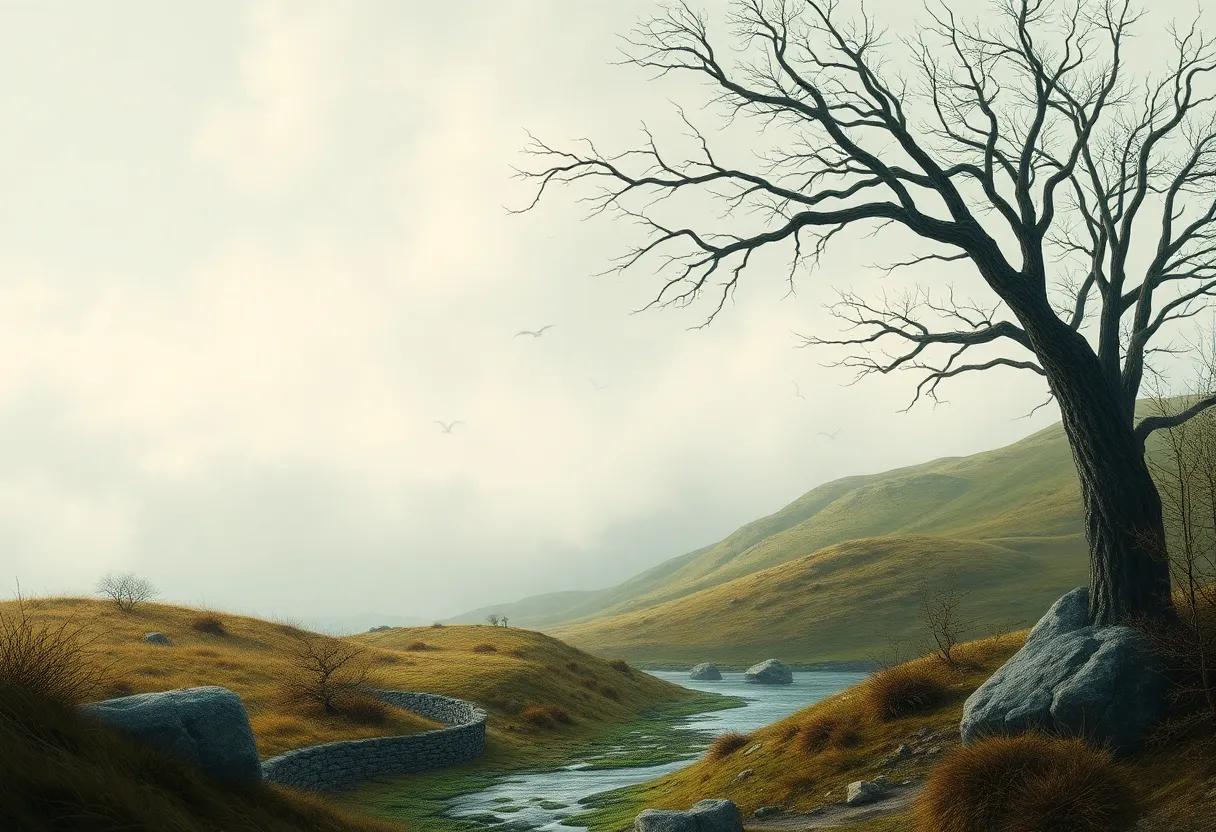
Daphne du Maurier masterfully crafts a gallery of characters whose intricate motivations and turbulent relationships embody the tension at the heart of Ireland’s evolving identity. The Blessingtons, with their fierce pride and iron-willed determination, symbolize the fading aristocracy clinging to ancestral legacies, while figures like the Brodricks echo the rising mercantile ambition shaping new societal hierarchies. Through these layered personalities,du Maurier explores how personal desires collide with historical forces,creating a narrative pulsating with rivalry,betrayal,and unyielding ambition. The characters are not merely players caught in a power struggle; they are embodiments of the shifting tides of tradition and progress, their every decision shaped by the invisible currents of heritage and change.
The complexity of these figures is further revealed in du Maurier’s nuanced depiction of their emotional landscapes. Ambition intertwines with loss, and loyalty is frequently enough tested against self-interest, producing a dynamic interplay that drives much of the novel’s tension. consider this breakdown of key characters and their driving traits:
- Fitzgerald Blessington: The proud patriarch, whose will to maintain his family’s dominion defines much of the early conflict.
- julian Brodrick: The ambitious outsider, challenging the established order with relentless determination.
- Greta Blessington: Torn between love and loyalty, embodying the personal cost of these ancestral conflicts.
| Character | Primary Motivation | Symbolic Role |
|---|---|---|
| Fitzgerald Blessington | Preservation of legacy | Old-World aristocracy |
| Julian brodrick | Economic advancement | New Mercantile Class |
| Greta Blessington | Emotional reconciliation | humanizing Conflict |
Symbolism and Motifs That illuminate Themes of Legacy, Identity, and the Weight of the Past

Daphne du Maurier masterfully weaves symbolism throughout Hungry Hill, turning the titular mountain into a living emblem of the family’s enduring struggles. Towering and unyielding, Hungry Hill represents more than just a locale; it acts as the silent keeper of secrets and the relentless burden of inherited ambition. This looming presence mirrors the Doyle family’s complex entanglement with their ancestral land, underscoring the persistent weight of the past that shapes each generation’s destiny. Similarly, the precious copper mines, rich yet treacherous, symbolize the dual nature of legacy-abundance shadowed by decay, fortune entwined with fatal flaws.
The novel further employs recurring motifs that deepen its exploration of identity and heritage. The house-constant yet evolving-stands as a metaphor for the family’s lineage, its walls bearing witness to triumphs and fractures alike.Meanwhile, the motif of storms both literal and figurative punctuate crucial moments, evoking the turbulence within the Doyle family’s history and their internal conflicts. Consider the table below, illustrating how du Maurier uses these symbols to interlace thematic layers:
| Symbol/Motif | Depiction | Thematic Function |
|---|---|---|
| Hungry Hill (the mountain) | Unyielding ancestral force | Legacy, burden, inevitability |
| Copper mines | Wealth and ruin intertwined | Ambition, fragility of fortune |
| The family house | Continuity and decay | Identity, generational ties |
| Storms | Chaos and transformation | Conflict, emotional turbulence |
The Role of Setting as a Living Character Intertwined with the Fate of the Hunger Family
In Hungry Hill, the setting transcends mere backdrop; it breathes, pulses, and evolves alongside the Hunger family, becoming as dynamic and complex as the characters themselves.The sprawling estate, with its rugged landscapes and shadowed mining tunnels, embodies the cumulative legacy of ambition and sorrow that defines the family saga. Each hill, valley, and crumbling façade whispers secrets of triumphs and tragedies past, lacing the natural environment with an almost supernatural presence that shapes destinies in subtle, inexorable ways.The landscape is neither passive nor neutral-it actively molds the fates of those who inhabit it, reflecting their internal struggles through its shifting moods and unyielding grandeur.
What emerges is a compelling symbiosis between place and people, where the very geography acts as a repository of memory and emotion. notably,several key features of the setting serve as symbolic anchors throughout the narrative:
- Hungry Hill itself: an omnipresent force looming over the family, representing both opportunity and curse
- The iron mines: sources of wealth but also reservoirs of danger, echoing the family’s volatile fortunes
- The ancestral home: a relic of fading grandeur, mirroring the decline of old values amid relentless change
These elements intertwine to create a setting that is as psychologically potent as it is physically imposing, underscoring the inescapable link between environment and identity.
| setting element | Symbolic Meaning | Impact on Hunger Family |
|---|---|---|
| Hungry Hill | Unyielding destiny | Defines fate and ambition |
| Iron Mines | Wealth and peril | Source of prosperity and tragedy |
| Ancestral home | Legacy and decay | Reflects family’s rise and fall |
Pacing and Structure That Shape the Novel’s Slow Burn of Suspense and Emotional Resonance
Daphne du maurier’s mastery in Hungry Hill lies in her intentional manipulation of time and narrative flow, unfolding the story over generations with a rhythm that mimics the slow erosion of the mountain itself. The novel’s pacing is unhurried, inviting readers to linger in moments thick with atmosphere and unspoken tension. This measured tempo allows the emotional stakes to deepen organically, each chapter unfolding like a layer of sediment, revealing complex family dynamics and buried secrets. Du Maurier’s control over when to withhold information and when to reveal critical details creates a simmering suspense that doesn’t depend on sudden shocks but on an inevitable sense of destiny and decay.
The structure of Hungry Hill mirrors this approach through its segmented timeline, which balances detailed character explorations with broader thematic reflections on legacy, greed, and loss. Within this framework, du Maurier crafts a series of emotional peaks and valleys that sustain engagement without sacrificing nuance. The interplay between the sprawling family saga and the dark, almost mythic presence of Hungry Hill itself serves as both a literal and symbolic anchor, embodying the inescapable past. Below is a brief overview highlighting key structural elements that contribute to this effect:
| Structural Element | Effect on Narrative | Emotional Impact |
|---|---|---|
| Multi-generational timeline | Builds depth & continuity | Sense of inevitability and legacy |
| Layered revelations | Maintains suspense subtly | Heightens emotional weight progressively |
| Symbolic setting focus | Emphasizes atmosphere | Amplifies tragedy and grandeur |
- Balanced scene length: Longer passages allow introspection, shorter ones heighten tension.
- Foreshadowing throughout: Creates anticipation without impatience.
- Interwoven personal and historical moments: Enhances resonance across time.
Balancing Melancholy and Ambition Through Poignant Prose and Vivid Descriptions
Daphne du Maurier weaves a delicate tapestry where the haunting shadow of melancholy entwines with the relentless pulse of ambition, crafting a narrative that is both intimate and expansive. Her prose moves with a lyrical grace, each sentence dripping with emotion, capturing the internal struggles of characters bound by heritage and desire. The somber cadences evoke a world weighed down by unfulfilled dreams and lingering regrets, yet simultaneously occurring, the vivid imagery bursts forth like a wildfire, illuminating the relentless drive to rise above ancestral burdens. This duality mirrors the characters’ journeys-caught between the echoes of the past and the fierce hope of what the future might hold.
Through meticulous, sensory-rich descriptions, Hungry Hill transcends mere storytelling and becomes a living memory etched in the reader’s mind. The landscape itself breathes alongside the characters, with the dark textures of the mine and the sprawling estates acting as metaphors for the conflicts within the souls of the family. Here’s a brief comparison of how *melancholy* and *ambition* shape both setting and character:
| Aspect | Melancholy | Ambition |
|---|---|---|
| Setting | Shadowed mines, fog-laden hills | Expansive estates, rising smoke from furnaces |
| Character Emotion | Longing, regret, burdened silence | Determination, restlessness, fiery resolve |
| Narrative Tone | Reflective, mournful | Dynamic, forward-driving |
- Melancholy lingers in the quiet moments, the pauses where history seeps through the cracks.
- Ambition surges through decisions and actions, propelling the story toward inevitable transformation.
- The interplay between these forces defines the novel’s emotional depth and captivating tension.
A Deep Dive Into the Author’s Use of Dialogue to Reveal Underlying Tensions and Hidden Motives
Du Maurier’s mastery shines brightest when characters converse, each word layered with meaning far beyond the surface. Through subtle shifts in tone,pauses,and carefully chosen diction,dialogue becomes a mirror reflecting the unspoken conflicts simmering beneath family facades.For instance, casual exchanges often hint at decades-old grudges, while sharp retorts unveil long-buried resentments that shape the characters’ fractured relationships.This technique allows readers to peel back the veneer of civility, exposing the raw, often uncomfortable truths about ambition, loyalty, and legacy that drive the story forward.
Moreover, dialogue in Hungry Hill expertly reveals hidden motives, using seemingly innocent conversations as battlegrounds for power and influence. Characters deploy language as a weapon or shield, employing evasions, double entendres, and provocative silences that invite readers to read between the lines. Below is a glimpse at how different dialogue strategies correlate with character intent and emotional undercurrents:
| Dialogue Strategy | Character Intent | Emotional Underpinning |
|---|---|---|
| Evasions | Avoid confrontation | Anxiety, mistrust |
| Double Entendres | Test loyalties | Cunning, suspicion |
| Provocative Silences | Exert control | Dominance, resentment |
The Enduring Relevance of Hungry Hill in Exploring Human Nature and the Pursuit of Power
Daphne du Maurier’s Hungry Hill delves deep into the complexities of human nature through the intertwined destinies of the Brodrick family. their relentless quest to control both land and legacy reveals the paradox of ambition: the desire to conquer external forces ultimately exposes inner vulnerabilities. The novel’s landscape,as wild and untamed as its characters’ emotions,serves as a powerful metaphor for the enduring struggle between human will and fate. In capturing this tension,du Maurier not only presents a saga of power but also reflects on how the pursuit of dominance can entangle generations in a web of pride,vengeance,and inevitable loss.
The multifaceted narrative unfolds layers of conflict and resilience, demonstrating that power is seldom absolute and often comes at a profound cost. Consider the following elements that embody the novel’s exploration of ambition and human complexity:
- Inherited Burdens: The weight of ancestral expectations shaping identity and decisions.
- Nature vs. Nurture: The persistent influence of environment on personal ambition and character.
- Temporal legacy: How power dynamics transform but never fully resolve across generations.
| Theme | Representation | Impact |
|---|---|---|
| Ambition | Fuel for progress and destruction | drives family conflicts and personal downfalls |
| heritage | Legacy of the Irish estate | Shapes identity and moral dilemmas |
| Isolation | Emotional and geographic landscapes | Highlights internal struggles with power |
Recommendations for Readers Who Appreciate Multi-Generational Epics Steeped in Myth and Reality
For enthusiasts drawn to sprawling family sagas where the lines between myth and reality beautifully blur, exploring works that delve into the profundity of legacy and the weight of ancestral shadows is always rewarding. Titles such as One Hundred Years of Solitude by gabriel García Márquez and The house of the Spirits by Isabel Allende weave history with magical realism, transporting readers through generations shaped by both ambition and enchantment. These narratives thrive on the tension between the visible and the mystical, echoing the atmospheric depth found in Hungry Hill, where the land itself almost breathes with the echoes of its past inhabitants.
To deepen your journey through these intricate tapestries, consider this curated list of multi-generational epics rich with mythic resonance:
- Beloved by Toni Morrison: A haunting exploration of memory, trauma, and the supernatural across family lines.
- Midnight’s Children by Salman Rushdie: Blending postcolonial history with magical realism, charting the fate of a nation and its people.
- the Poppy War by R.F. Kuang: A dark epic infused with myth, martial ambition, and the burdens passed from one generation to another.
- East of Eden by John Steinbeck: With biblical undertones, this novel mines the complexities of inheritance, sin, and redemption over decades.
| Book | Mythical Element | Focus |
|---|---|---|
| Beloved | Ghostly presence | Memory & trauma |
| Midnight’s Children | Magical birthright | Political history |
| The Poppy War | Shamanic powers | War & ambition |
| East of Eden | Biblical allegory | Family dynamics |
Why Hungry Hill Deserves Renewed Attention in Contemporary Literary Discussions
Hungry Hill weaves a tapestry that transcends its historical setting, offering modern readers a profound exploration of heritage, power, and the relentless passage of time. Daphne du Maurier’s nuanced storytelling delves into the intricacies of familial legacy, inviting contemporary audiences to reflect on how ancestry shapes identity and ambition. Unlike many period novels that confine themselves to nostalgia, this work’s haunting atmosphere and layered characters resonate deeply with today’s conversations about the intersection of personal history and cultural memory.
In an era where literary discussions increasingly value complex narratives and moral ambiguity, Hungry Hill stands out for its rich thematic texture and subtle social commentary. It provides a fertile ground for discourse on:
- Intergenerational conflict: the clash between tradition and progress
- Environmental and economic shifts: how they impact human legacy
- Psychological depth: portraying the weight of unfulfilled desires
| Aspect | Relevance Today |
|---|---|
| Family Legacy | Exploration of inherited responsibilities |
| Ambition vs. Ethics | Reflection on personal morals amid societal pressures |
| Landscape as Character | Precursor to eco-critical literary themes |
The Artistry and Legacy of Daphne du Maurier as a Master Storyteller of Psychological and Historical Fiction
Daphne du Maurier’s ability to weave intricate tapestries of psychological depth and historical context is nowhere more evident than in Hungry Hill. This sprawling saga captures the sweeping ambitions and haunting legacies of the Brodrick family across generations, set against the rugged beauty of the Irish landscape. du Maurier masterfully explores the corrosive interplay of greed,desire,and ancestral burden,drawing readers deep into the internal struggles of her characters who are as much prisoners of their own minds as of their destinies. Through vivid imagery and atmospheric prose, she becomes a chronicler of both place and psyche, illustrating how history is etched not only into land but into memory and identity.
- Psychological complexity: The emotional undercurrents ripple beneath the surface of the narrative, revealing obsessions and regrets that shape the characters’ choices.
- Historical authenticity: Du Maurier grounds her fiction in meticulously researched detail, adding layers of realism to her family saga.
- Atmospheric settings: The natural surroundings function as silent witnesses and catalysts for the unfolding drama.
| Element | Significance |
|---|---|
| Brodrick Family Curse | Symbolizes the inescapable weight of history |
| Hungry Hill (the mountain) | Represents nature’s indifferent dominance |
| Mining Industry | Reflects ambition and the pursuit of legacy |
Hungry Hill stands as a testament to Daphne du Maurier’s deft weaving of family saga and atmospheric storytelling. Its layers of history, ambition, and the haunting echoes of the past invite readers to linger long after the final page is turned. Whether one seeks the intimate portrait of a family bound by blood and fate, or the sweeping drama of a changing Ireland, this novel offers a richly textured journey-subtle yet resonant, much like the hills themselves.








